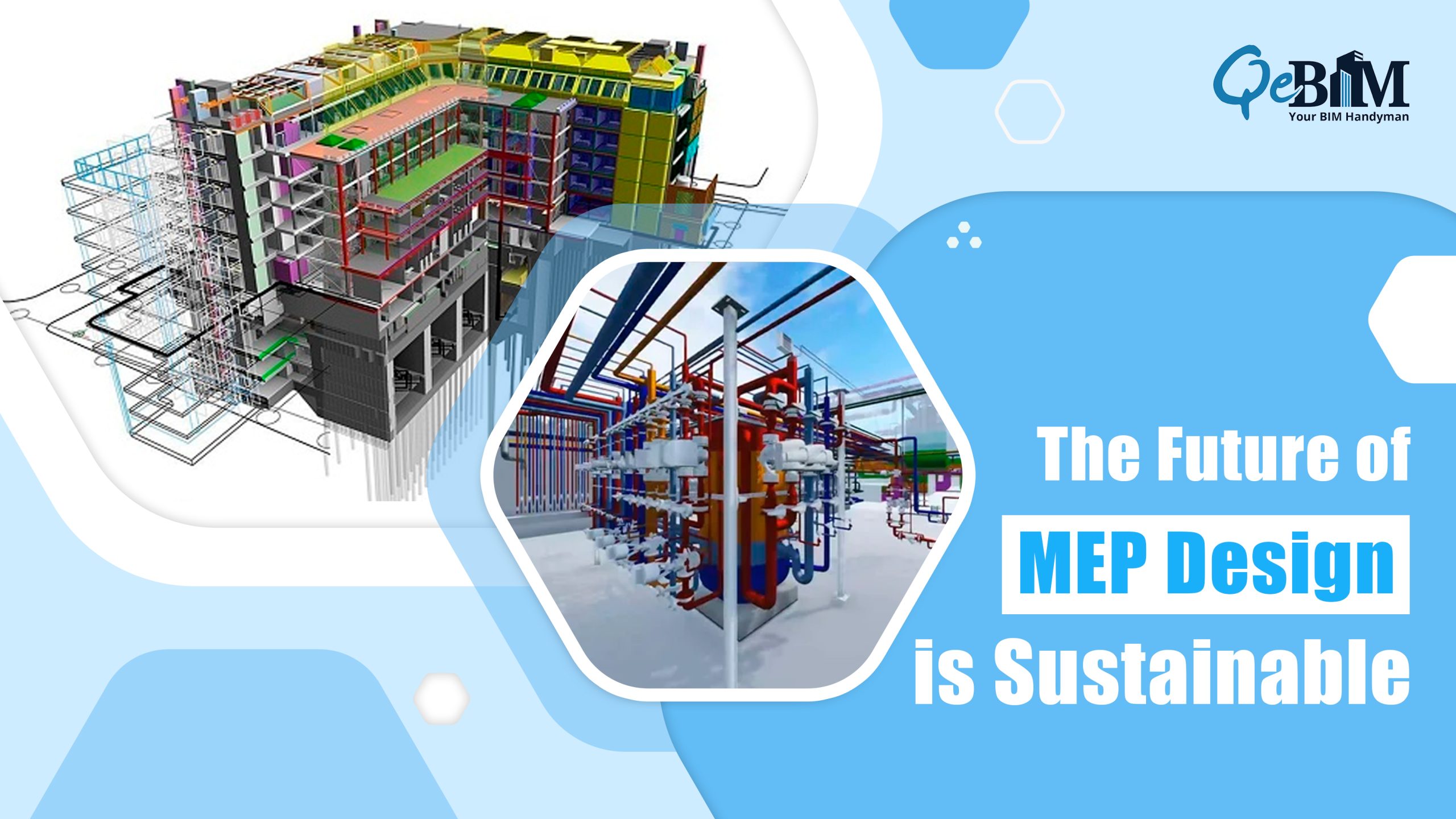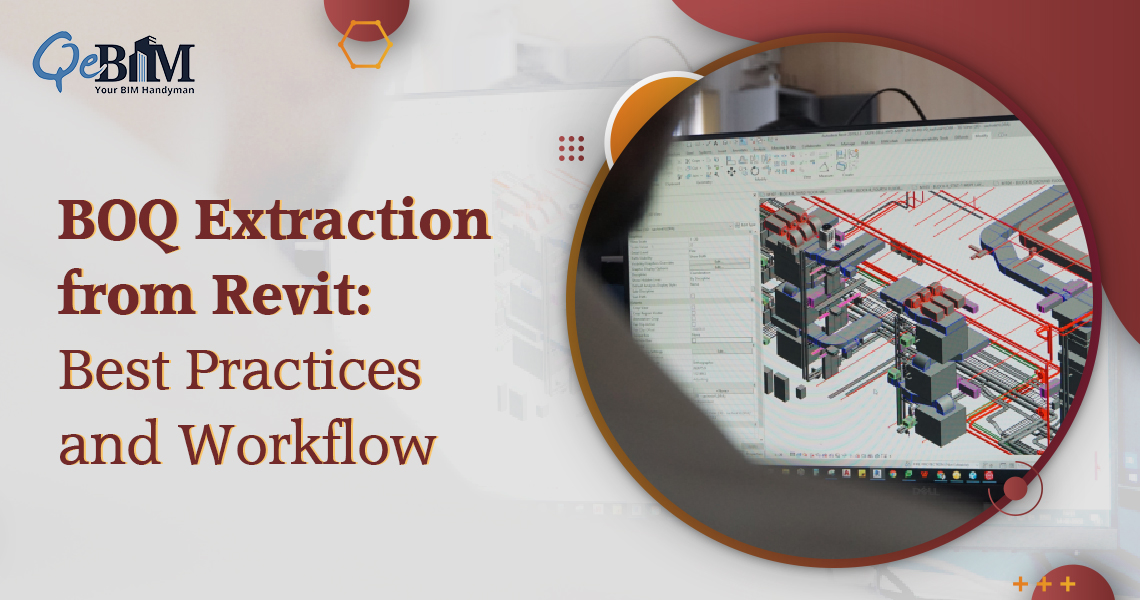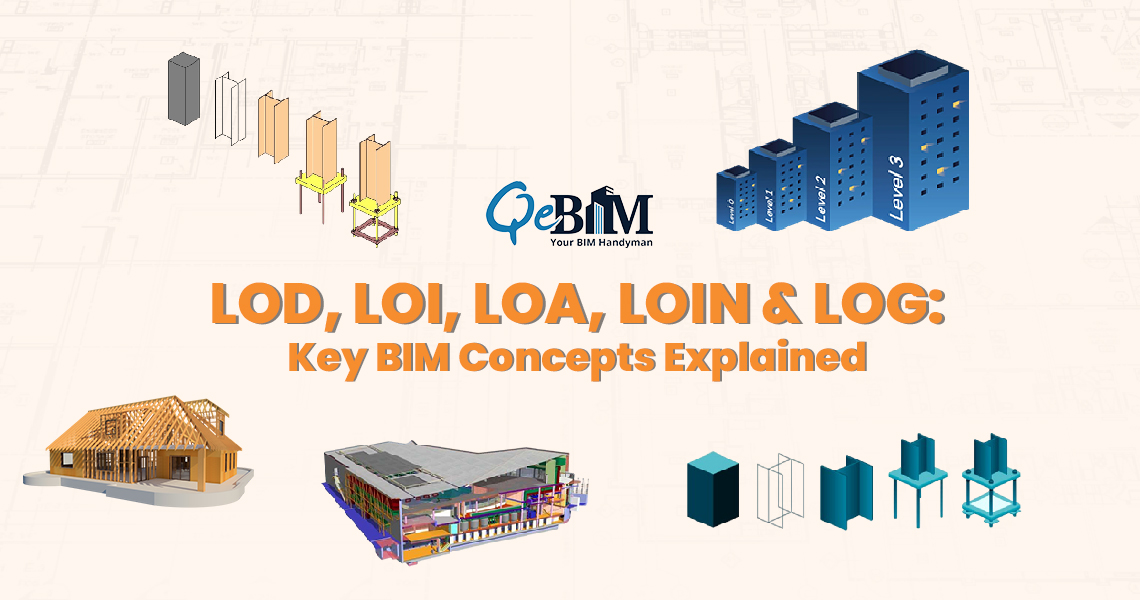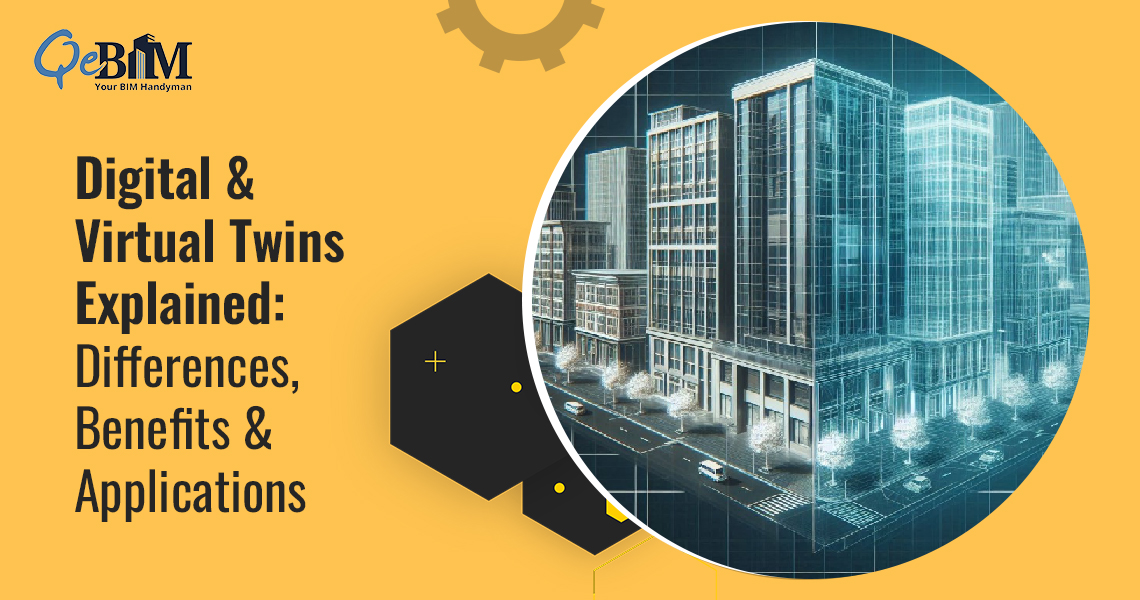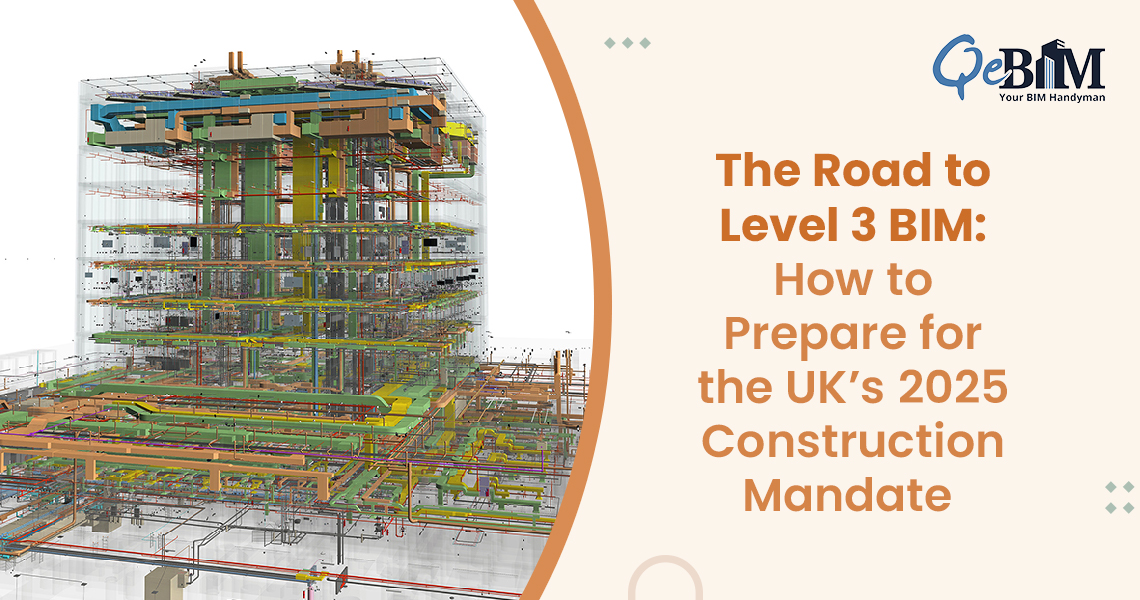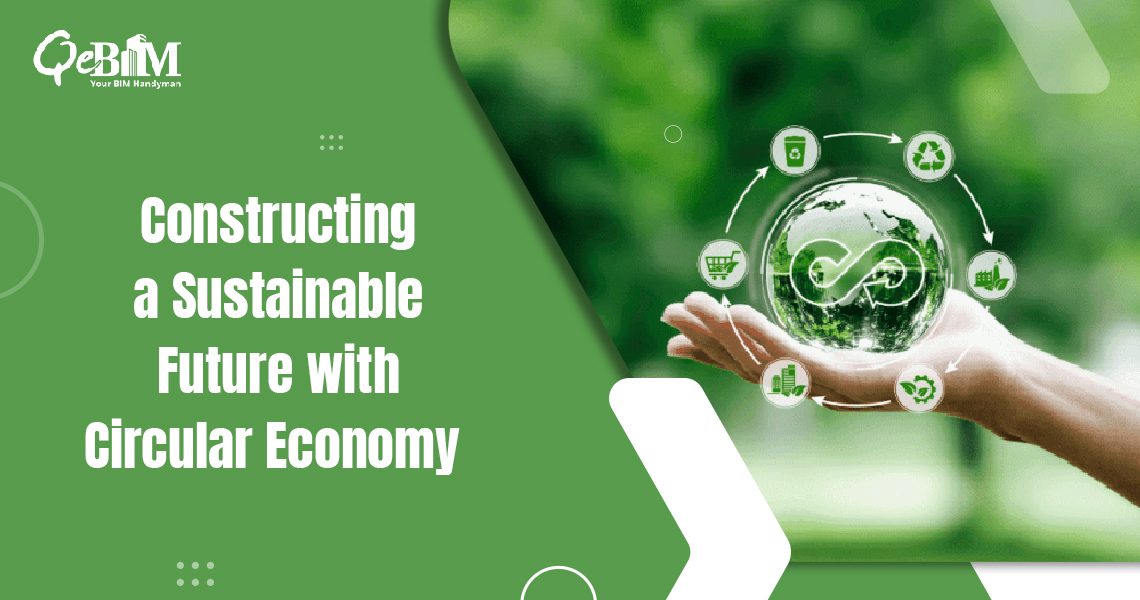Introduction
The building sector is making great strides towards sustainability in the modern era of quickly evolving technology and growing environmental concerns. This change is particularly noticeable in the MEP (Mechanical, Electrical, and Plumbing) design field. Sustainable MEP design has changed the game in the construction industry with the inclusion of green building strategies and the application of modern MEP BIM (Building Information Modelling) services. The importance of sustainable MEP design, the function of MEP BIM Services, and the transition from 4D to 7D BIM services are all topics covered in this article.
Sustainable MEP Design: A Necessity for Green Buildings
Utilizing sustainable practices and energy-efficient systems is emphasized in green construction methods to reduce negative environmental effects and maximize resource efficiency. By embedding sustainable concepts into mechanical, electrical, and plumbing systems, MEP design is essential to accomplishing these goals. Buildings may drastically lower their energy consumption, greenhouse gas emissions, and utilization of water by implementing green building practices, such as installing optimized HVAC systems, energy-efficient appliances, and water-efficient fixtures.
Numerous case examples illustrate the advantages of sustainable MEP design. One green building practiced by a LEED Platinum accredited structure is the Bank of America Tower in New York City. These methods have assisted the structure in reducing its water and energy use by 50% and 30%, respectively.
The LEED Gold-certified Bullitt Centre in Seattle, Washington, is another illustration. The Bullitt Centre is the first industrial structure in history to use zero net energy and zero net water. This indicates that the structure doesn’t require any water from the public water supply and that it generates as much energy as it needs.
Green Building Techniques
MEP design may make use of a variety of green building practices. The use of energy-efficient equipment is one of these strategies. This covers equipment including high-efficiency fans, chillers, and boilers.
- Making use of renewable energy: This might include geothermal heating and cooling systems, wind turbines, or solar panels.
- Enhancing the insulation: This will lessen heat gain in the summer and loss of heat in the winter.
- Making use of water-saving fixtures: Low-flow showerheads, faucets, and toilets are examples of this.
- Material reuse and recycling: This will aid in reducing trash generation.
The Role of MEP BIM Services
The introduction of MEP BIM services, which offer a fully digital platform for effective MEP design and collaboration, has revolutionized the construction sector. Throughout the whole project lifecycle, BIM makes it easier for architects, engineers, contractors, and other stakeholders to collaborate. Here is how MEP BIM services help with environmentally friendly MEP design:
- Improved Visualisation and Clash Detection: BIM makes it possible to create 3D models of MEP systems that provide an in-depth visual representation. This minimizes revision and wasted materials by enabling stakeholders to see disputes and clashes early in the design process. Conflict detection makes that MEP systems are smoothly linked with other building elements, improving space utilization and cutting down on construction hold-ups.
- Energy Evaluation and Simulation: Energy assessment instruments are integrated into MEP BIM Services, allowing designers to assess the energy efficiency of MEP systems. Sustainable MEP design may be accomplished by modelling various situations and locating energy-saving possibilities. This study aids in equipment selection, energy efficiency optimization, and utilization of energy forecasting for the facility.
- Lifecycle Management: BIM offers 4D to 7D BIM Services for efficient facility management, extending beyond the building phase. Facility managers may keep an eye on and maintain MEP systems, assuring their maximum performance throughout the building’s lifespan, by integrating data-rich models. Making judgments regarding long-lasting running and upkeep is made easier with the support of this pre-emptive strategy, which also helps spot possible problems and plan maintenance tasks.
Evolution from 4D to 7D BIM Services
- 4D BIM: This technology enables stakeholders to see the construction sequence and spot any conflicts or delays by integrating time scheduling with the 3D model. MEP systems may be streamlined to speed up construction, reduce interruptions, and increase productivity by including the construction timetable in the BIM model.
- 5D BIM: This model expands on the 4D model by including the estimation of costs as well as the quantity of materials monitoring. Enhanced decision-making and cost optimization for sustainable MEP design, facilitates the examination of the financial consequences at various project phases.
- 6D BIM: 6D BIM combines sustainability concerns by combining energy evaluation, tracking of performance, and ecological impact evaluation along with time and expense constraints. Sustainable MEP design may be improved using 6D BIM, resulting in maximum energy efficiency and a smaller carbon footprint for the building.
- 7D BIM: The pinnacle of BIM services, 7D BIM contains data on building administration and upkeep. Stakeholders may track the performance of MEP systems, and plan maintenance tasks while making data-driven choices for effective operation and administration of facilities by combining real-time data and statistical analysis.
Conclusion
A key component of green building practices includes sustainable MEP design, which enables the building sector to cut energy use, decrease its ecological footprint, and maximize resource use. The progression from 4D to 7D BIM services including the incorporation of green building practices all contributed to more sustainable MEP design with the help of MEP BIM services. By adopting these developments, the building sector may create more sustainably built structures, enhancing occupant quality of life whilst promoting a more environmentally friendly future.
